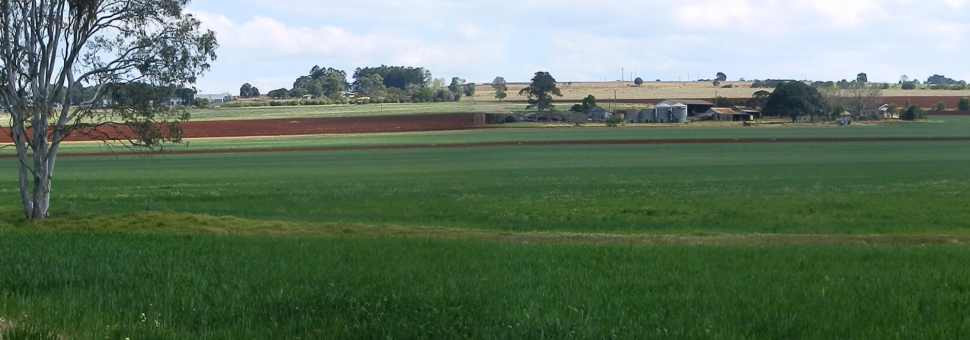Kingaroy History
…then
The name Kingaroy was derived from the Aboriginal word “kinarooi”, a term used to describe a particular type of red ant which adapted to the natural colour of the area’s distinctive red soils.
The first major industry for the town was the Butter Factory which was established on the railway siding in 1907.
The town’s next major development was in the 1920s when the first significant crops of peanuts were harvested followed by the building of the first Peanut Silo in 1928.
While peanuts are still an important industry, other significant crops grown in the district now include soy and navy beans (made into baked beans), maize, corn, sorghum and sunflowers.
Kingaroy was also, for a time, one of Australia’s best known country towns because it was the home of the late Sir Johannes Bjelke-Petersen, a colourful character and long-time Premier of Queensland.
His legacy still stands strong today, with the Johannes Bjelke-Petersen Airport residing next to the former Premier’s property. The family continue to farm “Bethany” and conduct tours that include a chance to peruse memorabilia from Joh and Flo’s early and political days and to sample some of Flo’s famous pumpkin scones.
and now…
Kingaroy with a town population of approximately 10,000 people has become a modern business hub for the South Burnett.
Kingaroy has been famous for decades as the “peanut capital of Australia”. The giant white 43 metre tall peanut silos are a landmark for visitors and locals alike and a reminder of the huge part that the industry has played in the development of the district.
Kingaroy is also rapidly developing its status as a region for high quality food and wine – both as a producer and supplier.






